Around the beginning of the fifteenth century, Italy witnessed unprecedented change. Alongside the flourishing of city states, humanist scholarship and wealthy mercantile families such as the Medici’s and the Sforza, Italian Renaissance art was born.
The Renaissance era provided some of the most beautiful artworks in history, and produced our modern conception of the “celebrity” artist. Painters transformed from anonymous craftsmen into troubled geniuses pursuing noble goals. This newfound respect, reverence (and greater financial backing) allowed artists to completely devote themselves to their art.
Today we’re taking a look at the history of Italian Renaissance art. From dating the period to key Renaissance art characteristics and six examples of famous Renaissance paintings – you’ll be a true expert in no time.
So let us begin, or should we say allora, cominciamo…
What is Renaissance art?
Beginning around the 1400s, Renaissance oil painting eschewed previous Gothic, Byzantine and Romanesque styles. It became more individualistic, more humanistic and naturalistic in turn.
Whilst the Renaissance impacted all areas of creative endeavor, from novels to politics, poetry, philosophy architecture, theology and mathematics – painting changed forever.
What are the characteristics of Renaissance art?
Renaissance art characteristics first emerged in fourteenth century Europe. Even in this preliminary period, nascent signs of its transformative energy are identifiable.
Whilst the “Renaissance art style” progressed and developed over time, defining characteristics included:
- A shift away from abstracted, stylized imagery – towards more figurative representations.
- An expansion of subject matter – including portraiture and everyday life as well as Biblical inspiration.
- Dynamic postures and movement – increasing use of tenebrism and chiaroscuro creating drama.
- Realistic landscapes – subjects presented against naturalistic landscapes, opposed to the solid-colored backgrounds common in the Middle Ages.
- Emotional emphasis – emphasizing the psychic reality of sitters through precise details, expressions and gestures.
To explain the development of this revolutionary style, art historians broadly split Renaissance art into two main periods. These are the “Early” and “High” Renaissance:
Early Renaissance art
Also termed the “Quattrocento”, the Early Renaissance refers to art created during the 1400s. As the origin of the High Renaissance and subsequent movements such as Baroque and Mannerism, it’s a fascinating and fast-paced period.
Early Renaissance artists responded to the new philosophy sweeping through Europe. Emphasizing man’s broadening relationship with science, the natural world and religion, humanist scholarship pervaded every aspect of society.
Early Renaissance art characteristics include newly expressive and intimate portrayals of the human form. Patronized by the Medici family, the church was no longer the sole purveyor of artistic creation. Historical, mythological and religious narratives consequently sat side by side in the artistic canon.
High Renaissance art
Following the Quattrocento, the High Renaissance was a short-lived whirlwind of artistic production. Coined by the Swiss art historian and critic Jacob Burckhardt in 1855, the term “High Renaissance” covers this extraordinary period.
Art historians place its start between 1495 and 1500. Whilst debates rage, the two proposed end dates are the death of Raphael in 1520 or the Sack of Rome in 1527.
The best-known Renaissance artists worked during this period, including Raphael, Michelangelo and Leonardo da Vinci. Following the Early Renaissance’s focus on individualism, High Renaissance art featured a renewed focus on classical themes.
With an understanding of both Early and High Renaissance art, the only thing left to do is introduce some stunning examples!
With this in mind, here are six of the most famous Renaissance paintings of all time…
Masterpieces for the ages: 6 famous Renaissance paintings
1. Botticelli, The Birth of Venus (1483-85)
For many art historians, Sandro Botticelli truly kick-started Italian Renaissance art. Commissioned by the Medici family, the now-iconic Birth of Venus depicts the Roman goddess of love rising from the sea.
The painting’s sensory appeal underpins its continued popularity. Alongside Botticelli’s Primavera, it remains one of the most recognizable images of all time.
Explaining the ground-breaking nature of the piece, mythological subjects on this scale were simply unprecedented in recent European history. What’s more, direct female frontal nudity was long suppressed by church-controlled art. The woman’s pose references the “Venus Pudica” form of Greek and Roman sculptures. Belying Botticelli’s position as an Early Renaissance master, her slightly curved and flowing body harks back to earlier Gothic styles.
2. Da Vinci, The Mona Lisa (1503-06)
Leonardo da Vinci’s Mona Lisa painting tops even Botticelli’s Birth of Venus for recognizability! It depicts the wife of a wealthy Italian merchant Francesco del Giocondo.
Just about every aspect of the painting is a source of academic debate. The dating is uncertain, but generally placed between 1503 and 1509. Equally, it’s exact purpose (perhaps celebrating the recent birth of a boy) is unknown. The woman’s smile is the ultimate enigmatic mystery, as is the misty landscape behind her.
Whatever the exact inspiration of the painting, it displays Da Vinci’s complete mastery of painterly techniques. In it, he perfectly employs the new method of sfumato. Referring to the use of fine shading and blending, no artist has matched his excellence before or since.
3. Michelangelo, The Creation of Adam (1510)
Where would any discussion of Renaissance religious oil paintings be without Michelangelo’s Creation of Adam? Painted sometime between 1508 and 1512, it illustrates the creation story and the precise moment in the Book of Genesis when God animated Adam. God’s outstretched arm breathes life into Adam, whilst the female figure protected behind him could reference Eve or the Virgin Mary.
Located on the ceiling of the Sistine Chapel, the Creation of Adam is just one part of a much larger decorative scheme. Nonetheless, it is one of the most reproduced Renaissance religious oil paintings of all time. Michelangelo’s incredible knowledge of human anatomy is particularly evident throughout Adam’s beautifully described body.
4. Raphael, The Sistine Madonna (1512)
Raphael’s Sistine Madonna is one of the most astounding Madonna and Child paintings in the history of art. Commissioned by Pope Julius II, it was one of the last Madonna paintings ever captured by Raphael.
Described by Giorgio Vasari as a “rare and extraordinary” Renaissance oil painting, the Virgin Mary floats upon clouds. Accompanied by Saint Barbara and Saint Sixtus, she holds the baby Jesus and gazes serenely out at the viewer. Despite these truly astounding and harmonious components, the most famous aspect of the painting today is the two cherubs or “putti” at the bottom of the canvas!
Raphael remains particularly famed for his representation of the female form, also demonstrated in another Renaissance masterpiece The Graces (1505). It’s thought to be the first time Raphael painted a female nude from both the front and rear perspective.
5. Titian, The Venus of Urbino (1538)
Titian lived and worked right at the end of the High Renaissance period. Also known as Reclining Venus, the Venus of Urbino is one of his defining masterpieces.
Depicting a nude woman reclining amidst sumptuous fabrics and opulent surroundings, the painting scandalized contemporary Florentine society. Even today, it’s still described as a prime example of “undisguised hedonism”. Directly engaging the viewer, the woman’s hand rests provocatively between her legs.
Despite her fame, we know relatively little of the woman’s identity. The Venus could have been a marriage portrait or a depiction of a local courtesan, but there is precious little scholarly agreement on the topic.
6. Caravaggio, The Calling of St Matthew (c.1600)
Born in 1571, Michelangelo Merisi da Caravaggio, better known simply as Caravaggio isn’t technically a Renaissance artist. Despite this, no overview of Italian Renaissance art would be complete without at least mentioning his name. He took inspiration from the likes of Leonardo da Vinci and Giorgione, taking their compositions to new heights of drama and naturalism.
Caravaggio’s masterful employment of chiaroscuro and tenebrism is best evident in The Calling of St Matthew (c.1600). It depicts the dramatic moment the tax collector was called to his life of religious devotion. The shocking shaft of brilliant light illuminates the awed faces of the men at the table. Out of the otherwise gloomy scene, they are all directly witnessing the presence of Jesus Christ.
If you’re feeling inspired by the beauty of Renaissance art, browse our complete collection of Renaissance oil painting reproductions today. From iconic works such as Leonardo da Vinci’s Mona Lisa painting to little-known artists and religious masterpieces – what will you discover?

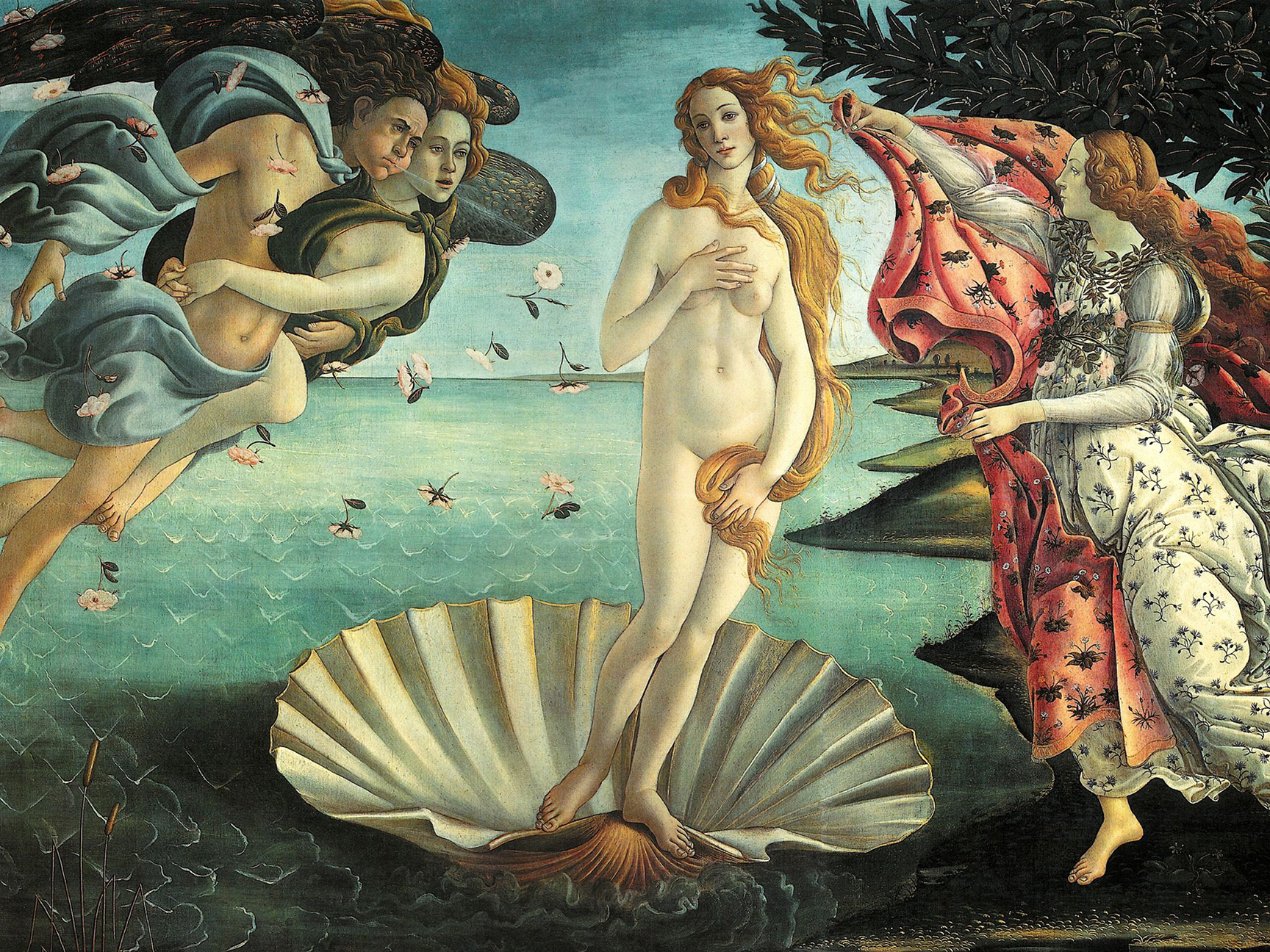
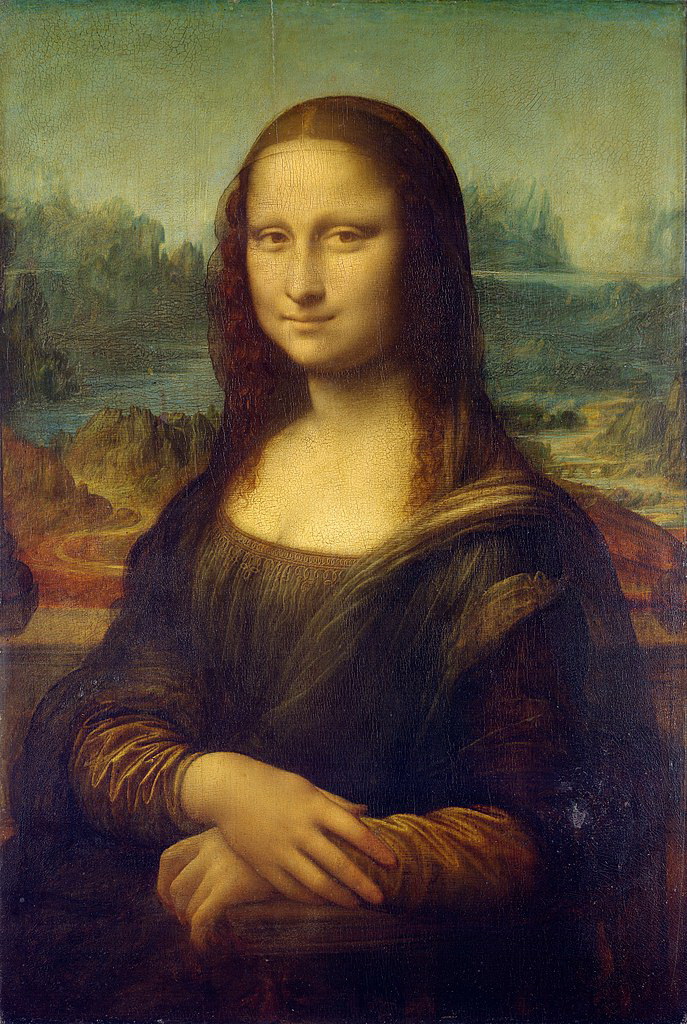
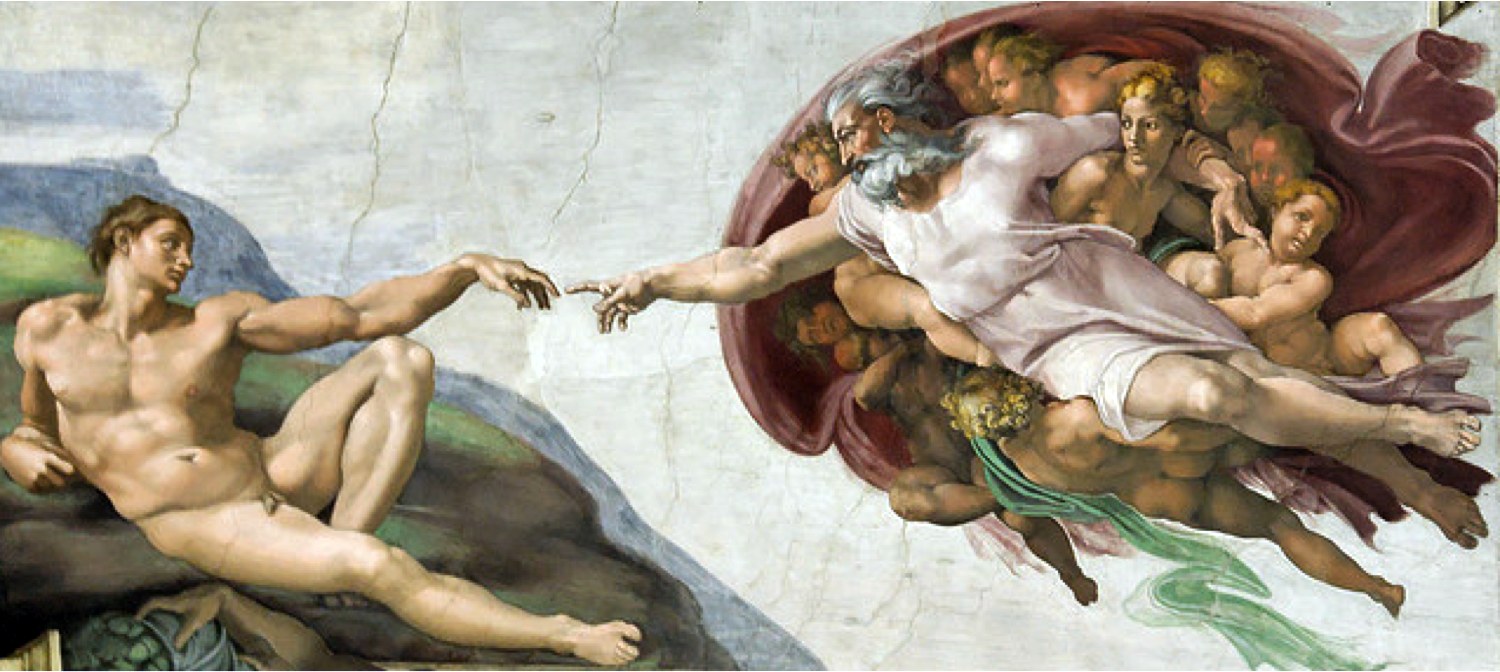
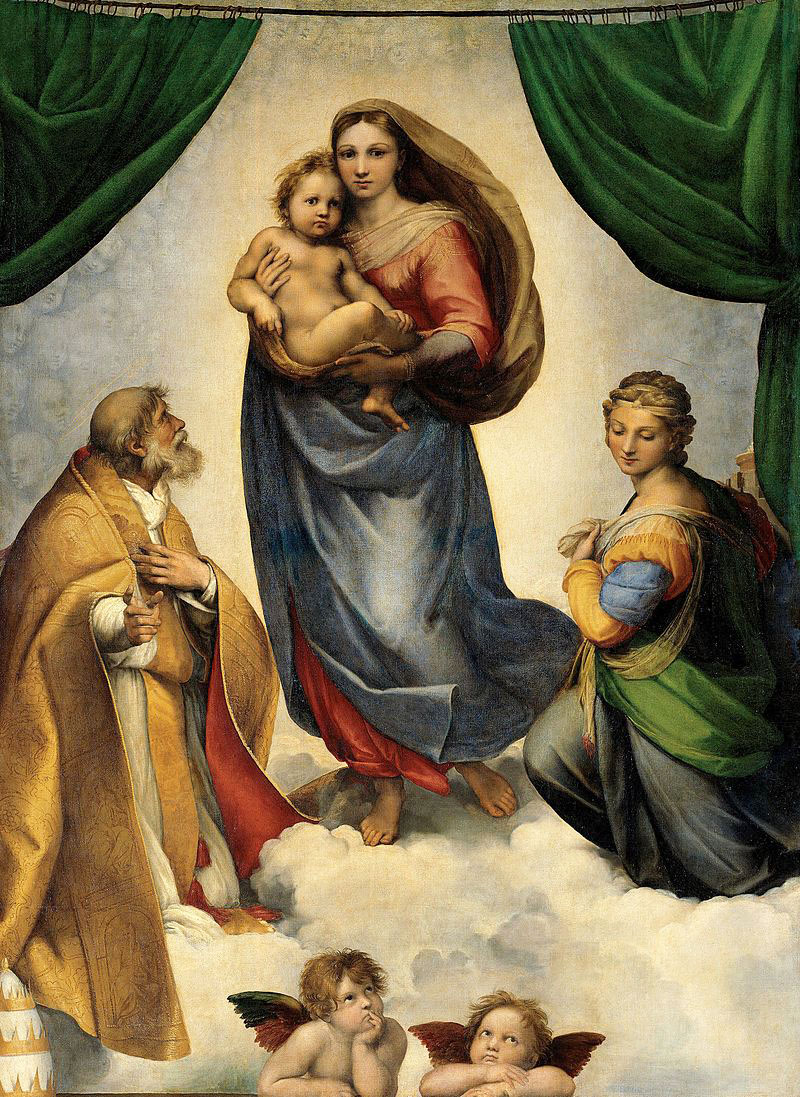
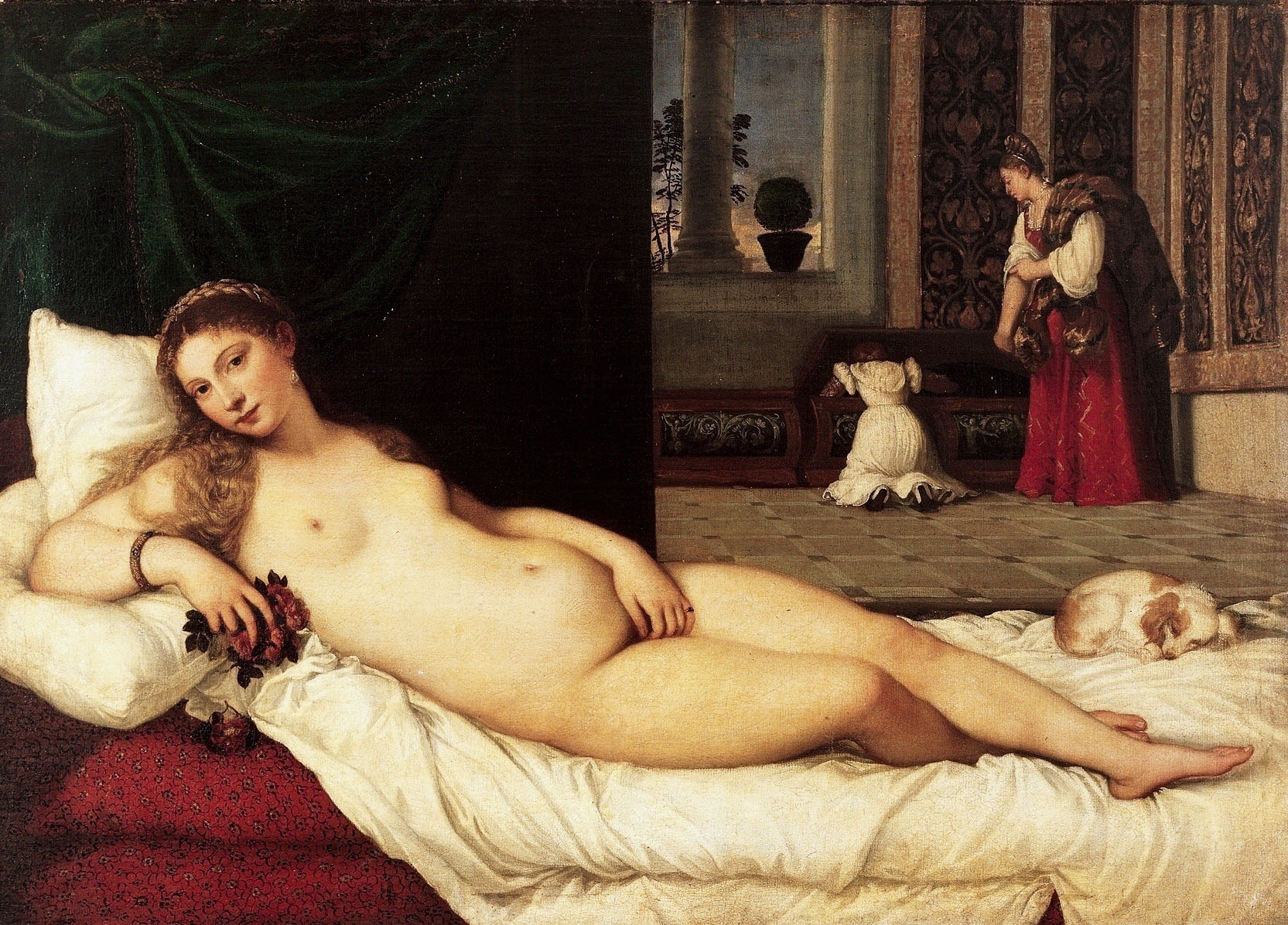
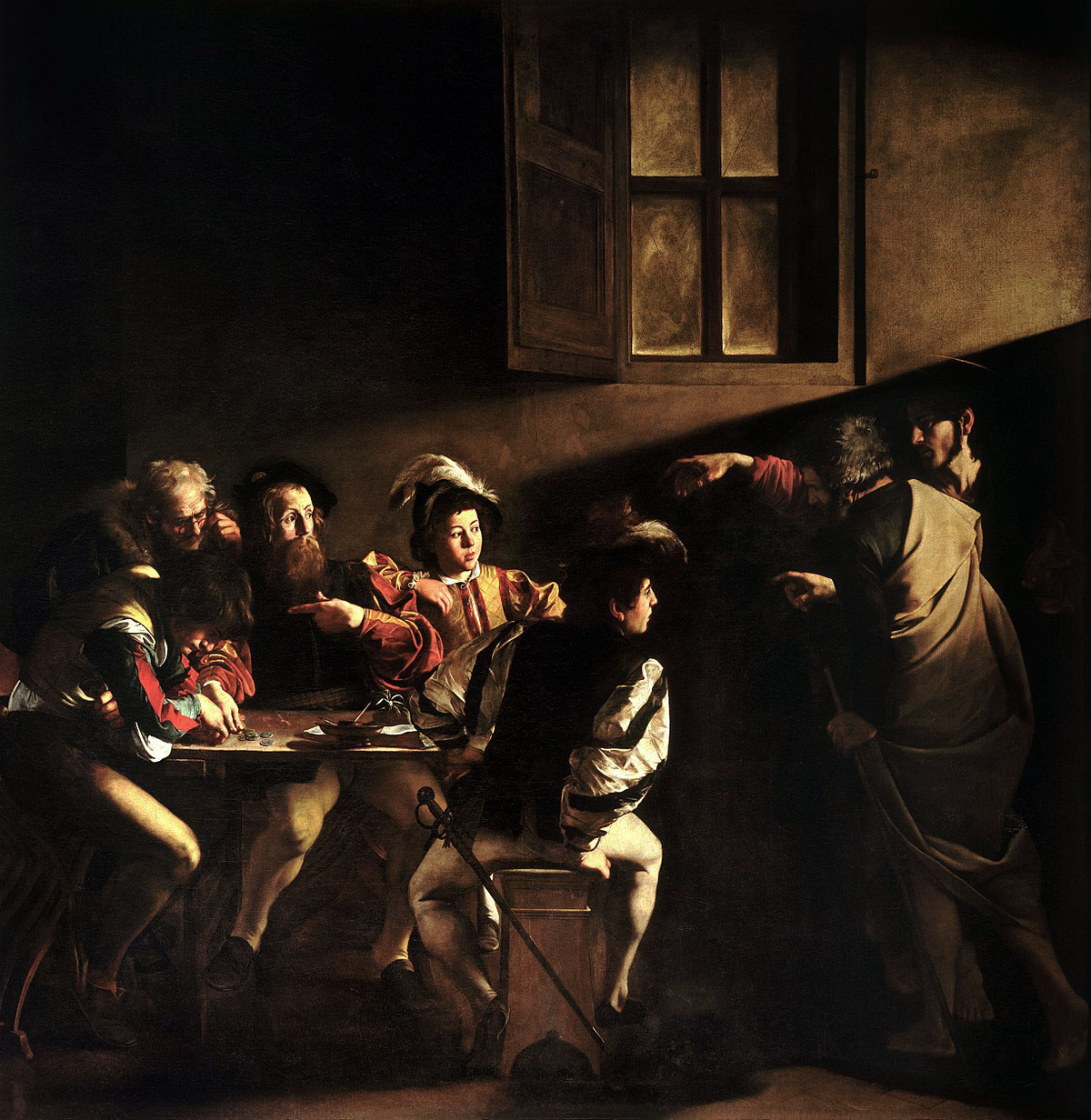
Leave a Reply
You must belogged in to post a comment.